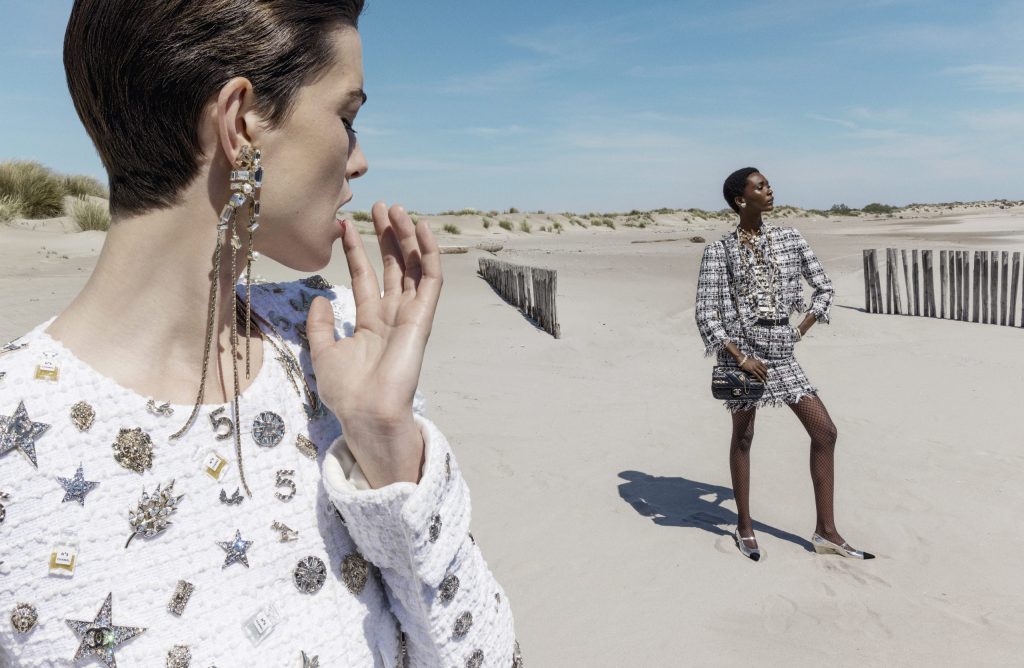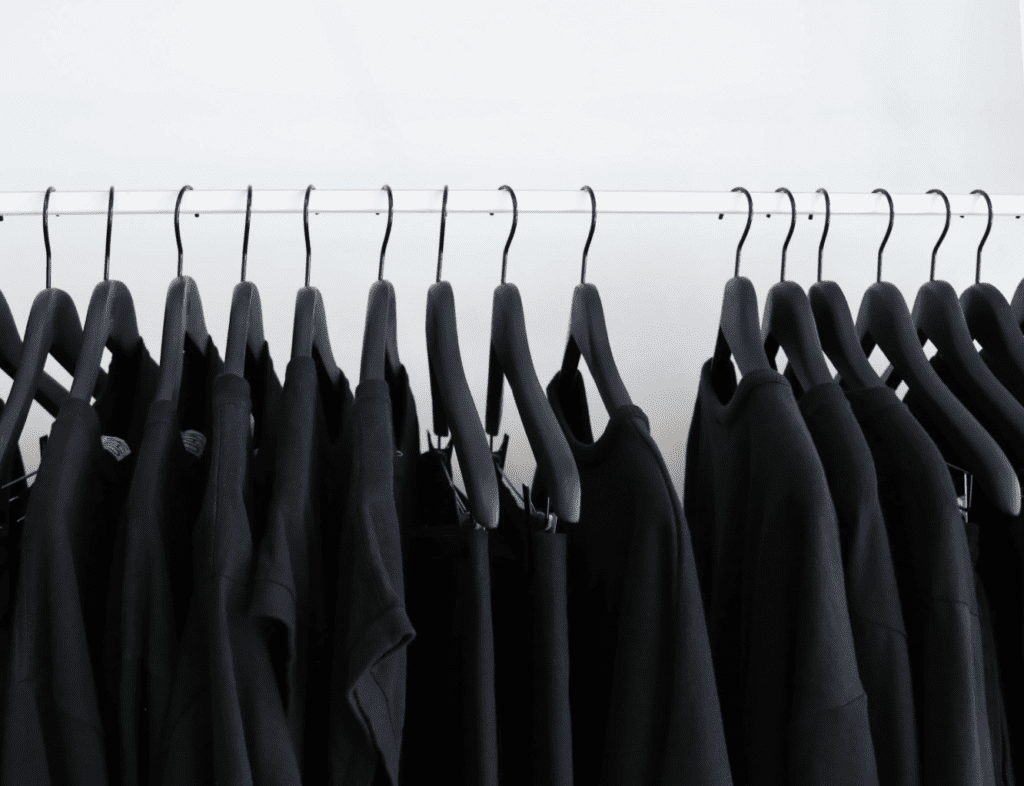Chanel is looking to crack down on the quantities of its offerings that consumers can snap up from its stores each year. “We sometimes have to limit the number of items a single client can buy,” Chanel’s chief financial officer Philippe Blondiaux told Reuters, following reports that it will put a strict allowance of two Classic Flap bags per consumer per year in place in certain markets. He noted that the quotas could extend beyond the luxury brand’s in-demand Flap bags to “certain [other] product ranges” – and “could impact some items which are in hot demand.” Blondiaux stated that “fortunately, or unfortunately, there [is] quite a lot at Chanel, so this is the kind of measure which we could implement in different countries at times.”
Blondiaux confirmed that limits on the number of products that consumers can buy from Chanel each year are aimed at “protecting customers and curbing bulk buying,” the latter of which often sees professional shoppers/resellers buying up and then offloading new Chanel bags to consumers at inflated prices via the secondary market, and depleting store stock in the process, while also placing these products in chains of distribution in connection which Chanel lacks control over pricing, sales conditions, terms, etc.
The news follows from reports last year that in addition to raising prices (quite aggressively in some cases), Chanel was adopting a new policy in Korea in which “each customer can buy one Timeless Classic flap bag and one Coco Handle bag per year,” and that it had also put quotas in place for on small leather goods, including wallets and pouches, assuming that “a customer wants more than one of the same model in the category.” Chanel’s president of fashion Bruno Pavlovsky clarified in December, saying that Chanel had “not put new limitations on selling in any country.” Instead, Mr. Pavlovsky asserted, “We just had a big successful year, especially in Korea, and we don’t have enough products – especially for handbags.” That successful year – or better yet, two years – and the resulting “shortages” come as Chanel has doubled-down in its “loyal customers,” he said, and has “enjoyed double digit growth in each country with local customers.”
Not the only brand placing quotas on the sale of certain products, Chanel joins Hermès, which has notoriously limited the quantities that consumers can purchase of certain “quota” bags, namely, Birkin and Kelly bags, to two bags per a calendar year in furtherance of a “very limited distribution strategy.” At the same time, the Korea Times reported in September that Rolex has similarly been “restricting per-capita purchases,” in the Korean market, at least, in light of raging demand and limited supply. Dating back further, Louis Vuitton has been known to limit consumers’ abilities to purchase more than two of each handbag style per calendar year in an attempt to put a halt to “professional buyers” who were purchasing and then reselling luxury goods “through small shops throughout Asia, or through online retailers like eBay” since at least the mid-to-late-2000s.
In addition to purchase limitations (and in furtherance of what appears to be an enduring move to cement itself at the tippy-top of the luxury spectrum), Chanel has also revamped its warranty program, extending it from a mere one year to five years for customers that buy bags, as well as wallets on chain styles, from the brand, itself – as distinct from purchases that come by way of the resale market. TFL exclusively reported this past summer that Chanel has been quietly filing a handful of trademark applications for registration in the U.S. (and beyond) that shed light on its ambitions in the space. Dating back to late last year, for instance, Chanel filed to register “Chanel & Moi,” as well as its famous word mark and double “C” logo for use on “cleaning and repair of fashion and fashion accessories.” It has filed additional applications for registration for similar goods/services for marks like “Ready to Care” and “La Sirene.”
All the while, Chanel unveiled “CHANEL Restoring Care” last year, which it describes as “an array of unique care services [that] will exist in each of [its] boutiques across the world” to repair and rejuvenate certain Chanel products. “This commitment to every CHANEL creation will engage the House’s singular ecosystem that emphasizes its artisans who specialize in restoration and repairs,” according to Chanel, which further declared that the artisans’ “expertise and dedication showcase a seasoned savoir-faire that is deftly achieved in the CHANEL ateliers that are fabled for having every material and element at hand.”
By offering up these services (and limiting them to bags purchased directly from the brand’s owned and operated stores), Chanel is essentially providing consumers with additional value in connection with their purchases, a move that stands to engender goodwill for the brand and strengthen its bond with existing customers, while helping it to attract new ones. At the same time, these moves – including the attempt to rein in buying that is done purely for the purpose of resale (by way of the quotas system), as well as Chanel’s recent swapping out of its authentication cards for technology-linked authentication plates – are also significant in that they appear to be the latest effort by Chanel (and others, of course) to limit the sale of their products exclusively to authorized distributors, as opposed to allowing them to slip into the luxury resale market.
Ultimately, the overarching effort here by Chanel seems to see it angling to align its model more closely with that of Hermès, which maintains a relatively tight hold on – and enjoys cult-like demand for – its most coveted offerings, and less like other luxury counterparts like Louis Vuitton and co., which depend, in large part, on higher turnover of their handbags and other accessories.











